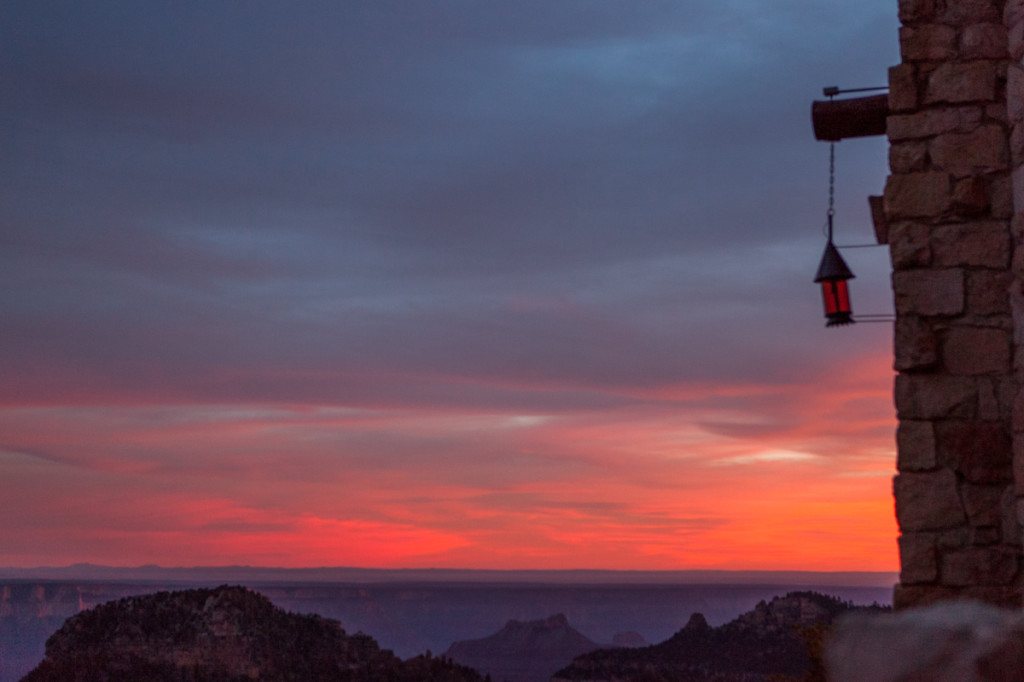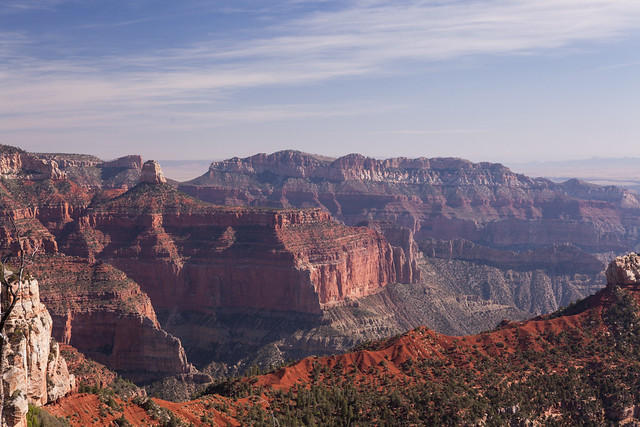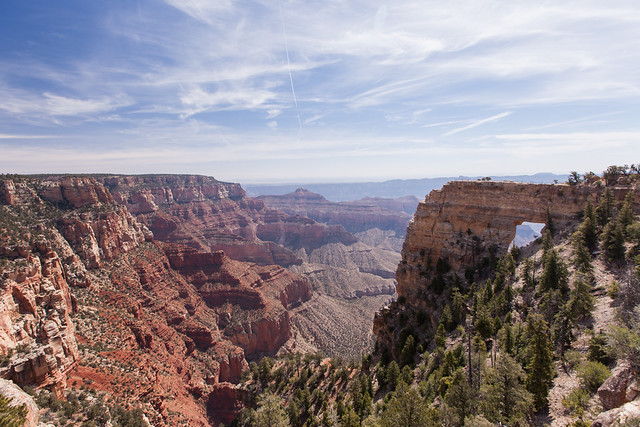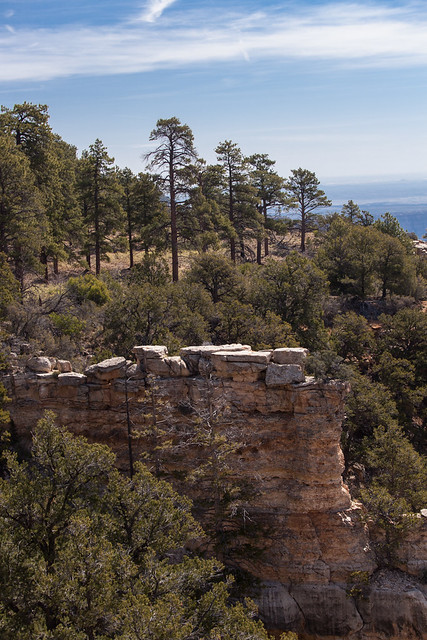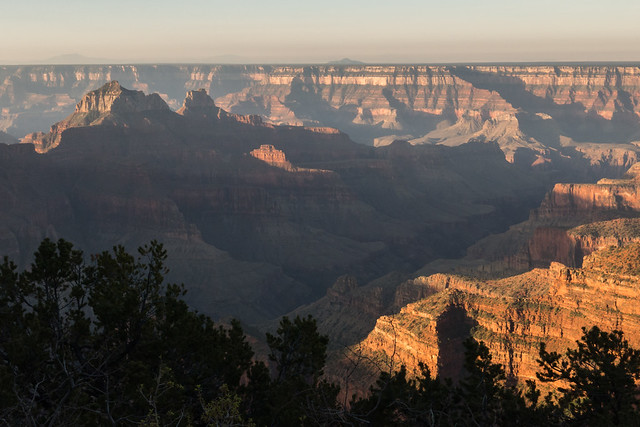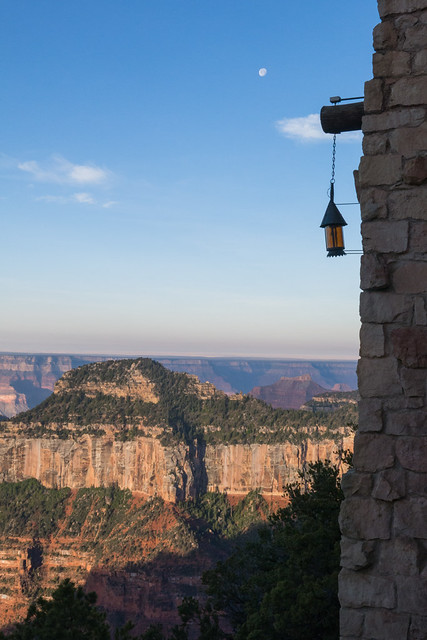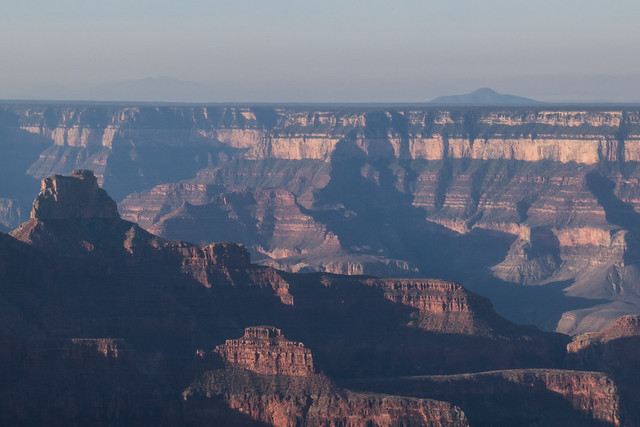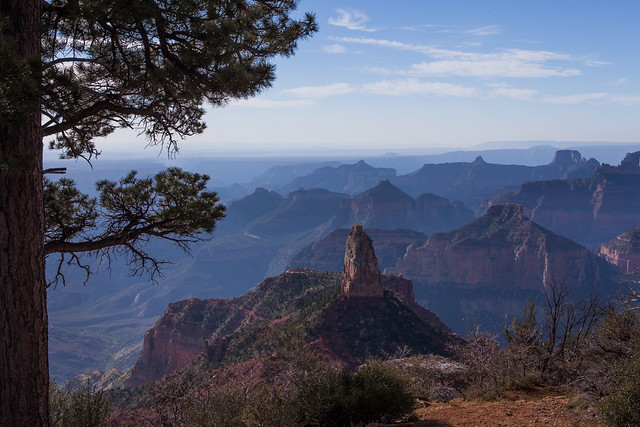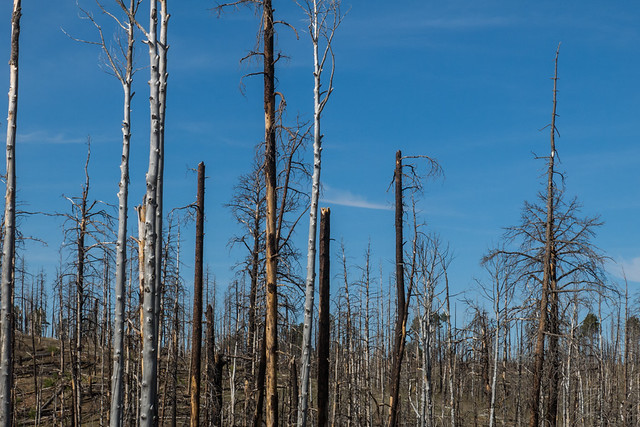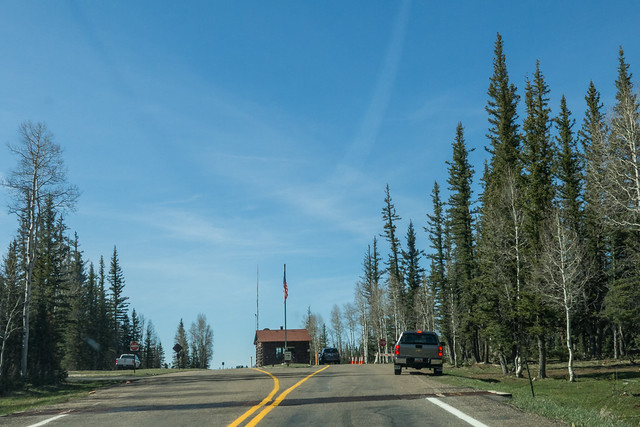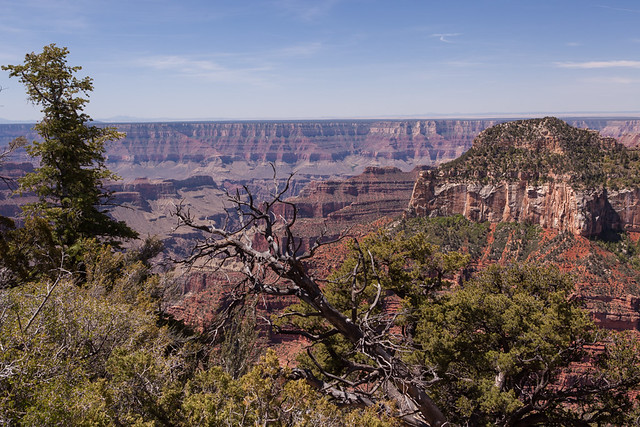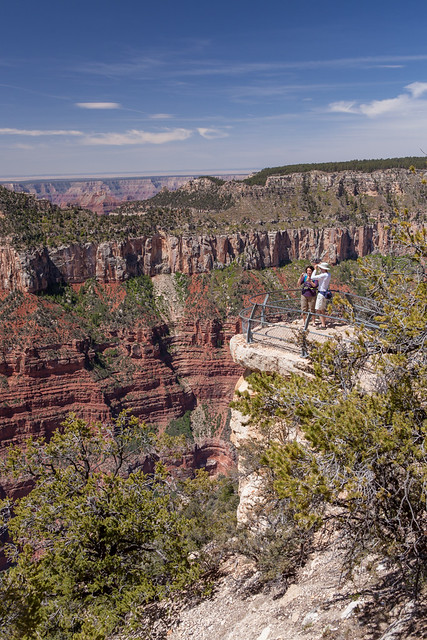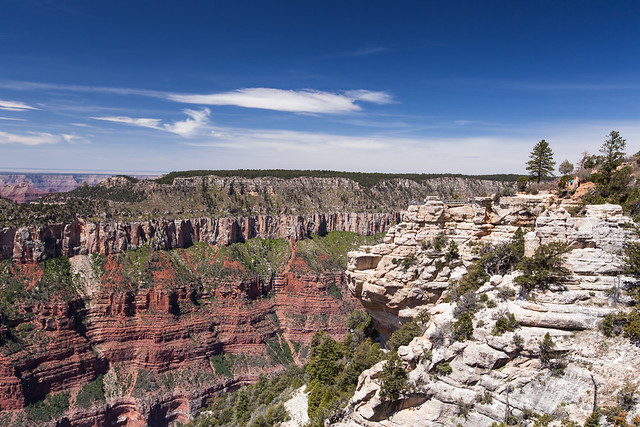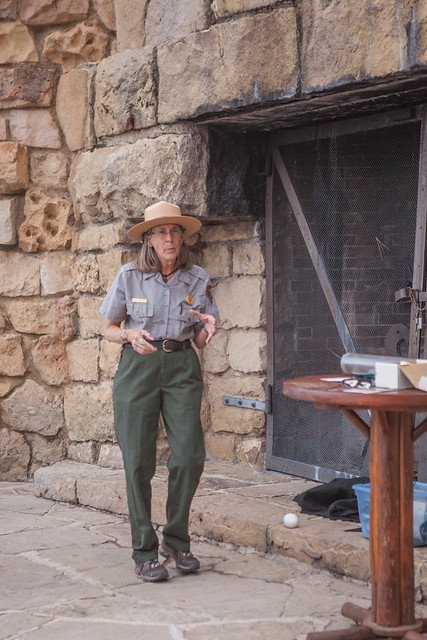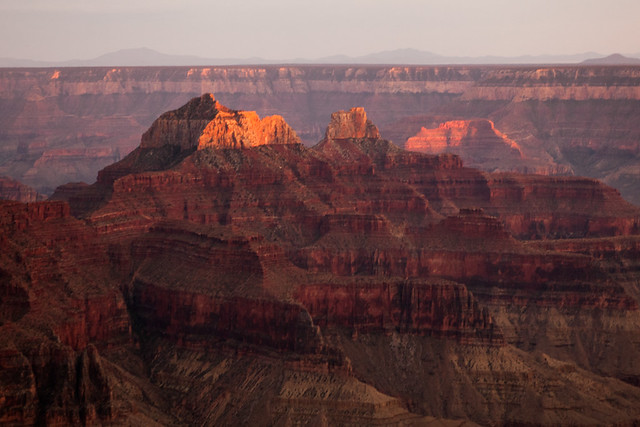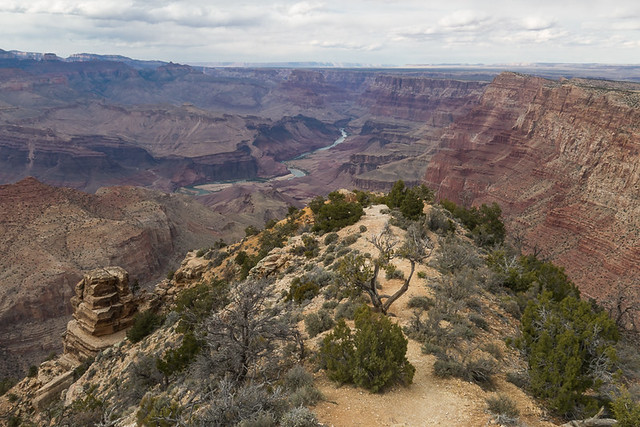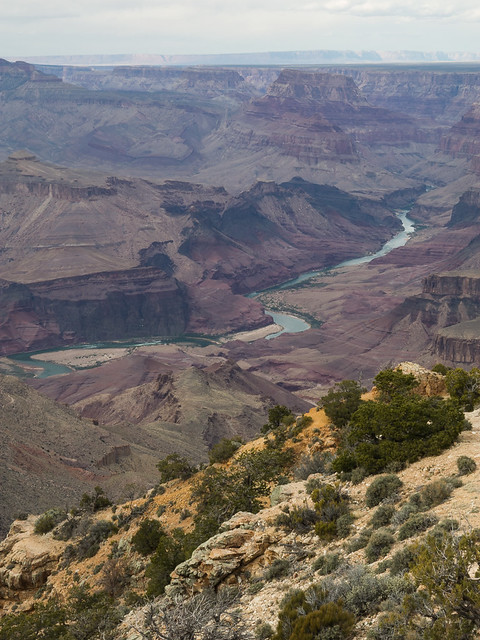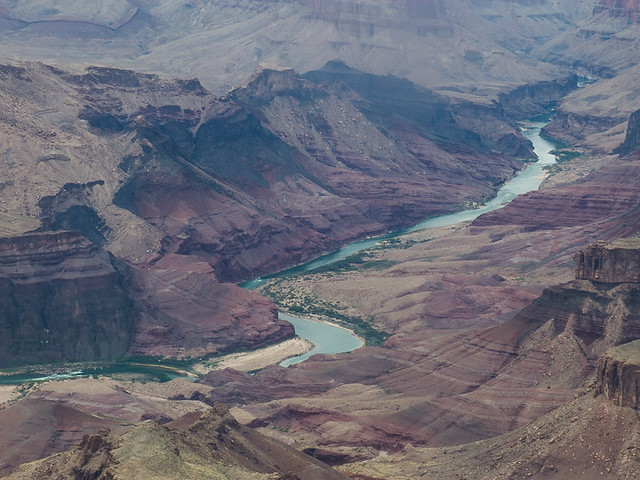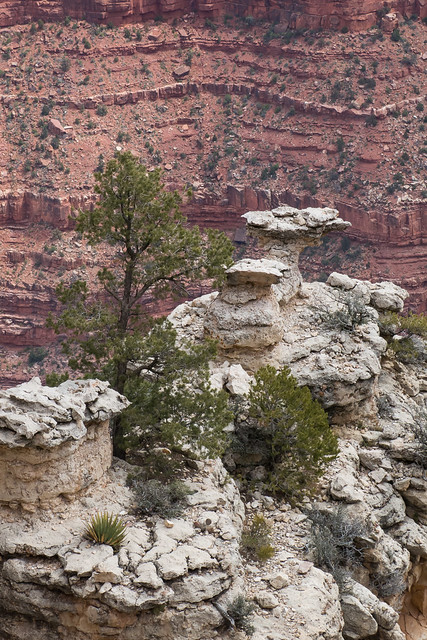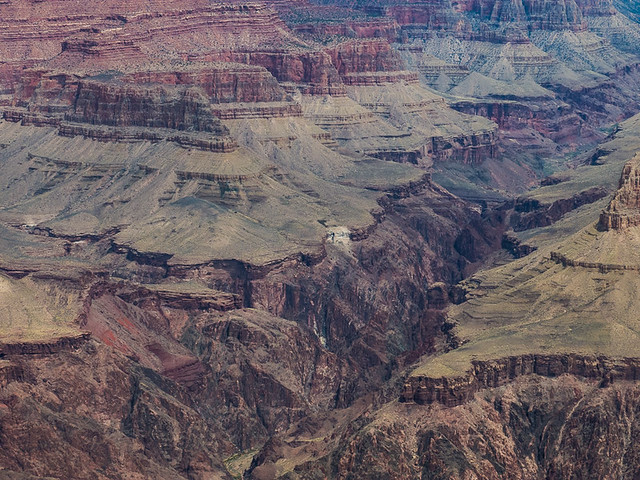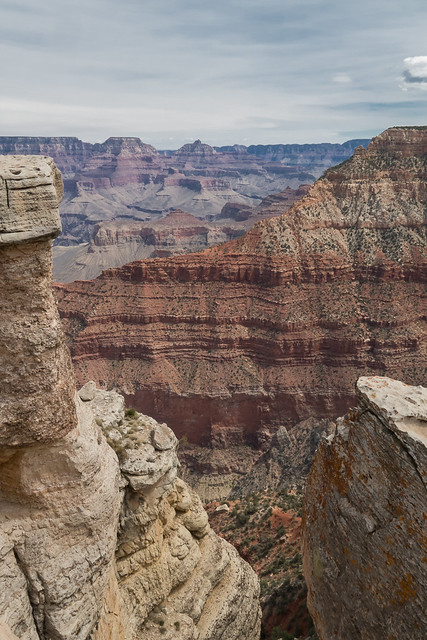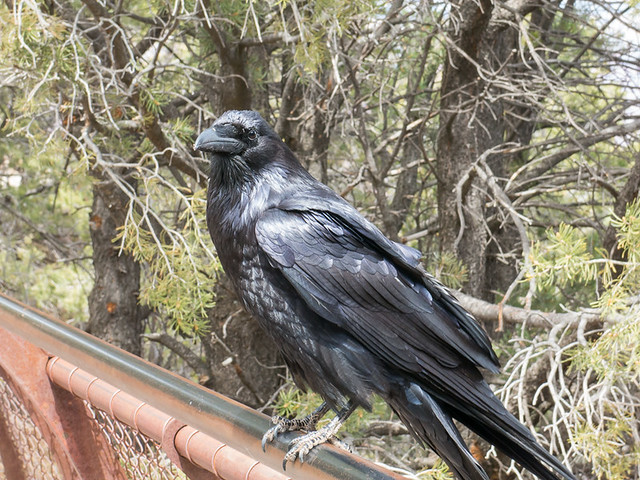http://economiacircularverde.com/que-es-la-economia-circular/ A dream is your creative vision for your life in the future. You must break out of your current comfort zone and become comfortable with the unfamiliar and the unknown.” ~ Dennis Waitley
Twilight View of North Rim’s Grand Canyon Lodge and Beyond
Lookout Views from Cape Royal Road – North Rim of Grand Canyon
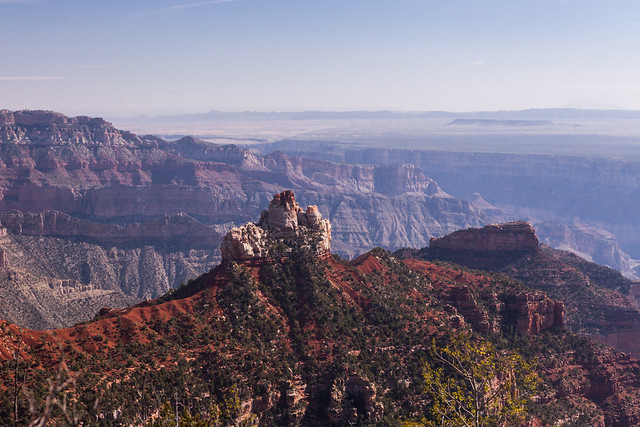
https://www.circologhislandi.net/en/conferenze/Tramadol 50Mg Buy Uk Point Imperial © 2014 Bo Mackison
We have become great because of the lavish use of our resources. But the time has come to inquire seriously what will happen when our forests are gone, when the coal, the iron, the oil, and the gas are exhausted, when the soils have still further impoverished and washed into the streams, polluting the rivers, denuding the fields and obstructing navigation. ~ Theodore Roosevelt (1906)
Point Imperial, 8803 feet in elevation,
Overlooking Grand Canyon to the east, and beyond, the Painted Desert.
The lack of power to take joy in outdoor nature is as real a misfortune as the lack of power to take joy in books. ~ Theodore Roosevelt (1906)
When your spirit cries for peace, come to a world of canyons deep in the old land, feel the exultation of high plateaus, the strength of moving waters, the simplicity of sand and grass, the silence of growth. ~ August Frugé
Cape Royal, the point, the southernmost view on the North Rim,
the widest panorama of any Grand Canyon overlook
the gorge has a view of about 270° of the horizon.
Look to Marble Canyon in the north, gaze south towards the Palisades of the Desert.
How the striking of the great clock, whose hours are millions of years, reverberates out of the abyss of the past!
~ John Burroughs
. . . each man sees himself in the Grand Canyon – each one makes his own Canyon before he comes, each one brings and carries away his own Canyon. ~ Carl Sandburg
We are prone to speak of the resources of this country as inexhaustible; this is not so. ~ Theodore Roosevelt (1906)
Early Morning at North Rim of Grand Canyon National Park
I didn’t get to the North Rim for sunrise. 5:20 am. But I was there, coffee and camera in hand, a bit after 6.
Early enough to share the veranda with only a few early risers.
And catch a few shadows as morning was waking.
A view of the Norht Rim, shooting west,
and capturing the Grand Canyon Lodge.
Rock and copper and just a touch of timber.
(After fire destroyed the first lodge, a wood structure,
the second edition relied primarily on stone.)
More sunlight, more shadows and definition.
Mid day, and the canyon will be pale in comparison
to the early morning or late evening color.
Still, it was hazy. The San Fransisco Peaks, 60 miles away near Flagstaff,
I could easily see the day before, this morning they were barely visible.
Two fellow travelers and I drove to Imperial Point, and stopped along the way.
They had hiked rim to rim the day before, and wanted to see the North Rim.
No shuttle is available, so we explored together, all of us with cameras in hand.
What a grand opportunity for vistas!
More photos to follow. Wouldn’t I love to
explore this bit of heaven for an entire summer.
First Day Exploring Grand Canyon National Park – North Rim
Leave Kanab Utah. 6:42 am Utah time, 5:42 am Arizona time.
Partly cloudy, dulls the red rock, but sun rays streak and shimmer in the early morning.
Coffee at Jakie Leigh’s Bakery.
Street plaque commemorates the movie filming of Apple Dumpling Gang and Don Knotts.
Color Mountain Motel
Purple Sage Inn
Kanab Airport
Flagman. Traffic stops.
Time to study the layers of rock – red, yellow, white, with forest lines interspersed between the colors.
Arizona State Line.
Fredonia Arizona
Buckskin Tavern State Line Bar
Welcome to Arizona Strip District Public Lands
Moose Next 12 Miles.
Entering Kaibab National Forest
Fire Danger Moderate.
Why did the coyote cross the road?
Kaibab Lookout. Built by the Civilian Conservation Corps, 1938
Jacobs Lake 9 Miles
Flagstaff 173 Miles
Open range next 10 miles.
Stands of naked lodgepole pines, forest fire remnants from 2008.
Please Do Not Litter.
Junction 67. Jacobs Lake.
Jacobs Lake Inn. Elevation 7925.
cafe – motel – curios – store
Kaibab Plateau Visitor Center.
“In Memory of Theodore Roosevelt. “Teddy.” Protector of Arizona.”
Grand Canyon 45 Miles
Deer next 30 miles.
Cattle next 30 miles.
Don’t Drink and Drive.
Why did the chipmunk cross the road?
Black and white stripes on tree toothpicks, old fire damage.
Elevation 8400 feet.
Meadow, Birches just leafing.
Crane Lake, surrounded by a fence to keep the cattle out and allow the wildlife access.
Kaibab Lodge. No Vacancy.
DeMotte Campground. No Vacancy.
Grand Canyon 4 miles.
I keep reminding myself to breathe!
I am here.
Grand Canyon North Rim Entrance.
Elevation 8250.
Icy road next 11 miles.
Only a few piles of snow, deep in the cover of the forest.
Wriggly aspen trunks – snow pressure during growth.
And the North Rim opens to view.
I am standing at the edge of the canyon.
Lookout over the rim.
To take in this view would require a lifetime.
Grateful that I have even these two days.
Rocks, rocks, and rocks.
A geologist’s haven.
And heaven, too.
Condor ranger talk.
Park Ranger Gaelyn Olmstead demonstrates the proper way to build a condor nest.
Cliff edge or shallow cave. Scratch. Scratch. Done.
These rockers are put to good use.
Hiking is hard work. And glorious.
But at some point the feet say, “No more. Sit down.”
Sunset on the veranda.
Friends from the sometimes amazing social media introduce me to Gaelyn.
Nature lovers, photographers, wanderers.
We choose to sit and chat, watching the Grand Canyon.
Another reason that Grand Canyon is so grand – the people.
Sunset approaches, the canyon does its light show,
shadow, light, red, purple, yellow.
Sunlight on the Temple.
And the after sunset glow.
Grand Canyon – North Rim.
Views of infinite grandeur – the canyon, the sky.
Essence of Place – Grand Canyon National Park
Imagine standing at the edge of this rock point.
Look down into canyon, over a mile deep, and watch the Colorado River as it winds its way through geological time markers.
The canyon was created by the Colorado River over a period of six million years and nearly two billion years of the history of the earth have been exposed at the river cut a deep channel and many layers of the Colorado Plateau were uplifted. As a result of these forces, three of the four eras of time are recorded in the rocks of this canyon.
Grand Canyon, located in northern Arizona, is 277 miles long. Over a mile deep and up to eighteen miles from rim to rim, it is the largest canyon in the world Order Tramadol 50 mg .
Much of the canyon is in Grand Canyon National Park, one of the first national parks in the United States. President Theodore Roosevelt was a strong proponent of protecting the natural beauty of the area. In 1908 he signed legislation making the area a National Monument, saying:
“Let this great wonder of nature remain as it now is. Do nothing to mar its grandeur, sublimity and loveliness. You cannot improve on it. But what you can do is to keep it for your children, your children’s children, and all who come after you, as the one great sight which every American should see.” ~ Theodore Roosevelt
Congress upgraded the Grand Canyon to a national park in 1919, the fifth National Park, and doubled the protected area in 1975.
The area was inhabited by Native Americans approximately 3000-4000 yeas ago.
They lived in small settlements in the canyon and its caves. The Pueblo people consider the Grand Canyon a holy place, and one of their legends tells of their ancestors opening a hole from their heavens and ascending into the deepest regions of the canyon.
Grand Canyon National Park is also a World Heritage Site.
The land is semi-arid and consists of raised plateaus and basins typical of the southwestern United States. Water drainage systems have cut into the rock, forming a maze of steep-walled canyons.
John Wesley Powell made the first recorded journey through the canyon in 1869.
He followed the course of the Colorado River. He called the many layers of exposed rock “leaves in a great story book”.
Grand Canyon National Park is also a World Heritage Site.
The land is semi-arid and consists of raised plateaus and basins typical of the southwestern United States. Water drainage systems have cut into the rock, forming a maze of steep-walled canyons.
Ravens linger around the canyon rims.
Intelligent animals, they know that a few visitors will offer them bits of food, even though it is strictly against the national park regulations. This raven was over two feet in length, a large and rather intimidating bird, intent on a midday snack.
It is common to see hawks fly across the canyon at this point, only ten miles across.
Even in less than ideal light – cloud cover – the canyon still displays an endless array of color. Solitary trees appear to grow from bare rock, their roots finding just enough soil to live in harsh conditions.
Grand Canyon – a place that truly lives up to its name.
